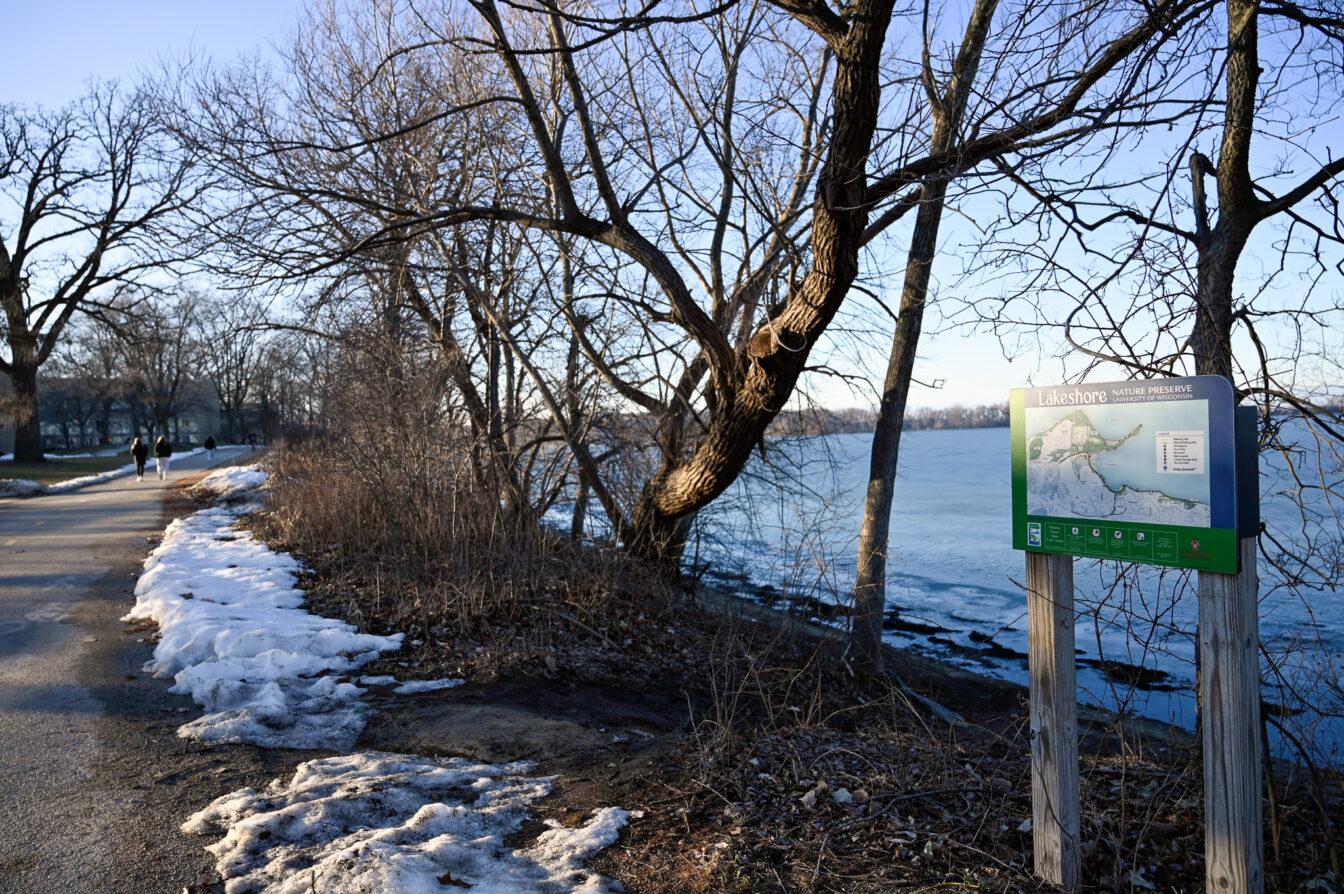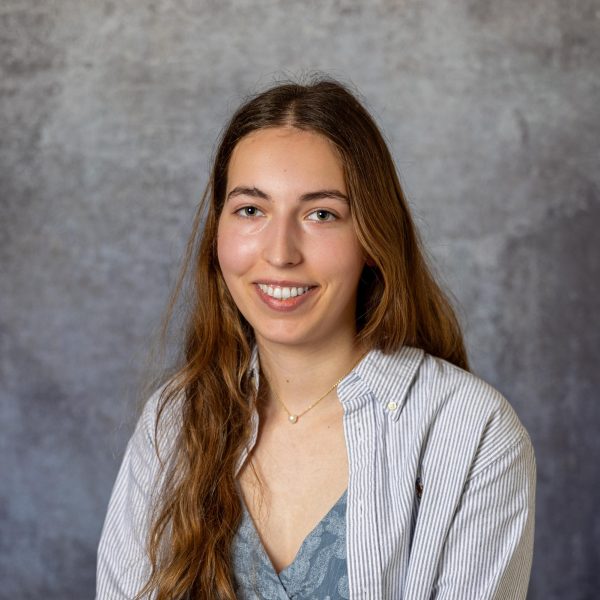The Lakeshore Nature Preserve presented its master plan to the City of Madison’s Joint Campus Area Committee Thursday. The plan aims to protect the natural environment and share cultural resources through research and outreach.
University of Wisconsin senior landscape architect Rhonda James said the plan fosters both community and environmental development. The preservation would promote environmental engagement among the public and contribute to carbon sequestration, stormwater absorption and heat island reduction.
“I do believe there’s going to be a study sometime in the near future and the preserve will be deeply involved with what that discussion is,” James said.
Under the new master plan, one of the major changes would be to improve safety on public trails, James said. Currently, the trails are prone to erosion and require strong restoration. The plan aims to create a variety of trail experiences including individualized quiet trails and wider ones that are better suited for management vehicles or accessibility aids.
The portion of the Lakeshore Path from the Hasler Laboratory of Limnology to the Porter Boat House is especially in need of repair, Transportation-Related City Committee Member Robbie Webber said. In the past, community members have avoided paving the path in order to keep a permeable surface, but the treacherous conditions are difficult to traverse.
“I have liked that path, walked it for many years,” Webber said. “It is in horrible condition … it is dangerous. It is icy … if we want to talk about sustainability, we have to give people a way to traverse the campus without getting their boots on and slogging through ice, mud and water.”
The committee plans to complete immediate mitigation on the most dangerous areas, James said. There is funding for a study in that specified area of the Lakeshore Path and the committee hopes gift funds or grants can fund the rest of the land reserve restoration. But decisions surrounding this phase of the project have yet to be made.
“We’re working on strategies for fundings for all these other things,” James said. “It gets looked at again in 10 years, but we know most of these goals are going to take us longer than that.”



